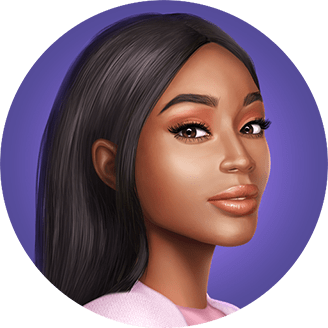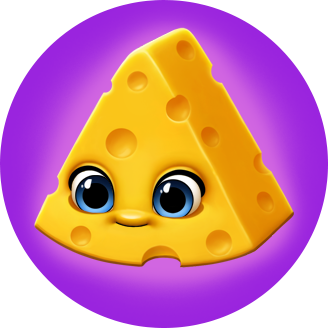Color
The most complex and controversial part about color is deciding whether an item should be set as a two or one-color creation.
Only the final colors should be used to define the attribute. For instance, a designer uses yellow and blue colors to draw their item, during the process, blue and yellow are blended into a green color. Because in the final product, colors blend into green, it means that green color should be chosen as an Attribute.
If the second color occupies less than 5% of the whole garment, mentioning that color as an item’s attribute is incorrect.
Here are examples:
1) A pink hat with a white ribbon. But the ribbon is a small detail in this hat, which is why this hat is listed only as pink.

2) A black fur bag with a golden hand chain, but the chain is not an important detail, so the bag is listed as a black item, not black-yellow.

3) This vest is defined as black and white. White here is the primary color of the item, but black was also added to attributes because it covers not a tiny part of the vest and adds a unique detail to the garment.

There might be exceptions, but in general, it is better not to publish an item setting two colors in attributes when the second color covers a small part of a garment. Since different events can have various requirements, many players might be confused when there is a need to use, for instance, a red hat and they see a green among the options.

Pattern
Usually, designers do not have problems with defining the items’ pattern, but there are a few points to which we want to draw attention.
- Plaid and Stripes
Sometimes, a fabric might have a texture. For instance, a wool sweater can be created with “striped” fabric, but it does not mean the sweater has a striped pattern. The lines are just part of the fabric, not an image or style that was put on the fabric.

- Dots
The most common mistake a designer can make is to define an item that was made with sequin fabric as something with dots.

- Abstract
If an item has multiple patterns on different parts, it is easier to set it as abstract than to select only one dominating pattern.

Fabric
Most of the fabric options available in the game can not be visually defined. That allows designers to select any fabric they want. But two options have visual qualities.
- Sequin
This type of fabric is created using plastic or metal pieces that can vary in size, shape, and color. Visually, a person can always see these pieces, so sequin pieces always stand out if we compare them to other fabrics.
Here is an example: an item on the left can be set up with a sequin fabric, whereas an item on the right cannot be set up as a sequin as it has no small shimmer pieces.

- Faux fur
This fabric is created to look like real animal fur. It means that visually its villi will always be noticeable. It implies that smooth fabric items can not be defined as faux fur creations.
Here is an example: on the left image, a faux fur coat is displayed, and on the right, we can see a cotton outwear.

If you have difficulties, you can also check what attributes have official items from the same category as your creation. In the game, there are a lot of items right now, which is why we want a designer to put accurate attributes so everyone can enjoy the gameplay.


















